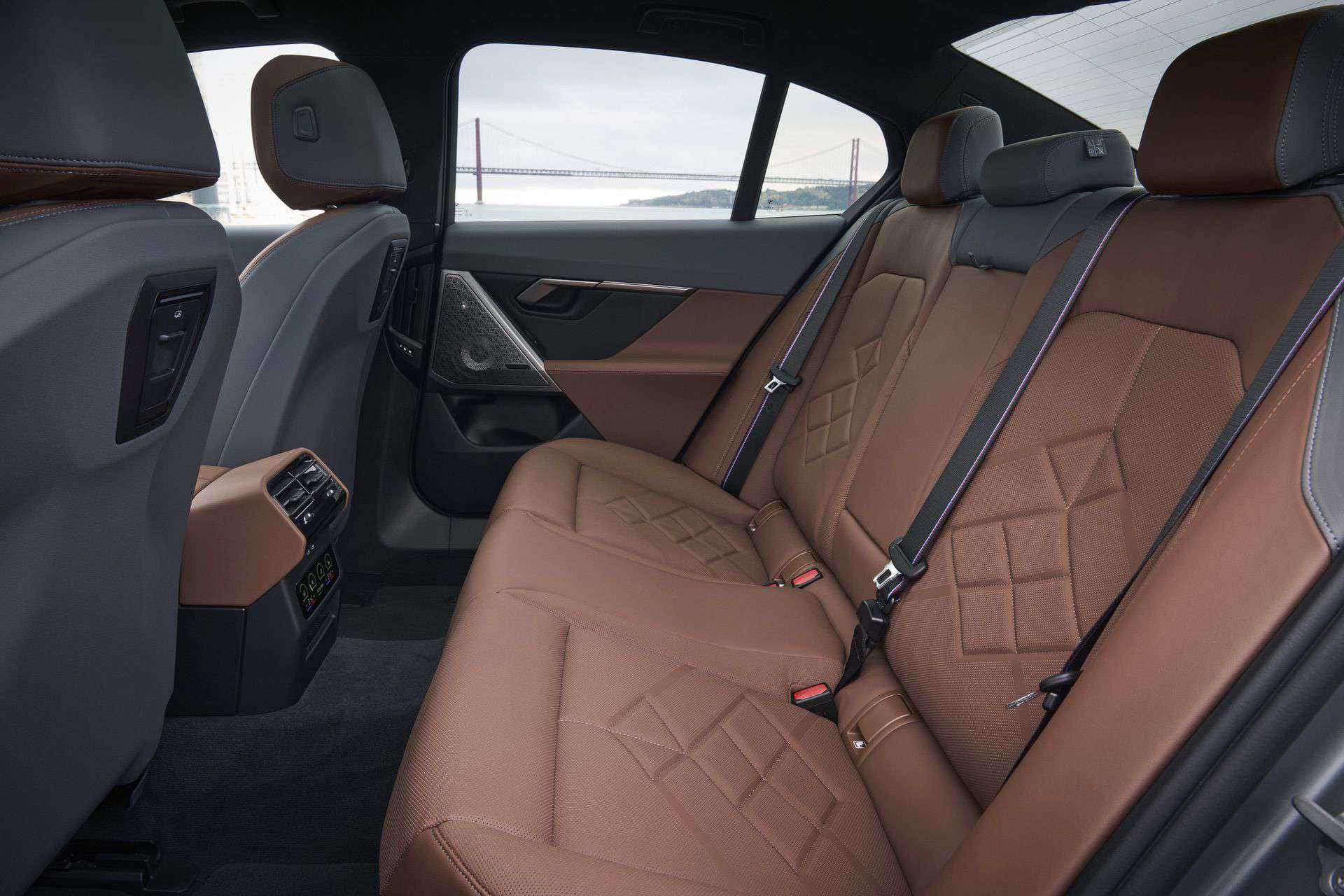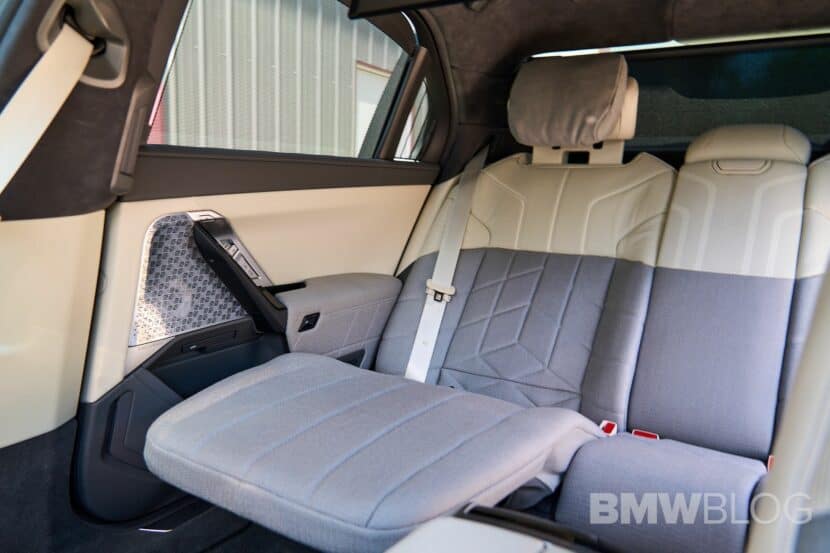Most manufacturers these days are making a big deal out of switching or preparing to switch from animal products to fully synthetic and more sustainable alternatives. This is fine in cheaper cars, most of which already had faux leather, but for more expensive cars, buyers are still demanding processed cow hides as their upholstery of choice.
BMW is fully onboard with the switch to more sustainable materials, and it’s already switched to a fully synthetic leather alternative for most models, including its flagship offerings like the 7 Series. For years, the automaker has provided leatherette as a base option for those who desired leather-like seats without the willingness to pay a premium for genuine leather.
SensaTec vs. SensaFin
The material everybody knows is called SensaTec and BMW, which feels good but is coarse compared to real leather. It also offers an upgraded and much nicer-feeling material called SensaFin, which was the base leather option for models like the pre-facelift G05 X5. It is considerably softer to the touch than SensaTec, and if you were told it was real leather with no way of actually proving it’s not, it would probably fool you too.
Veganza
BMW’s most recent leatherette is called Veganza, and it is used in some of its newest models. Having experienced it in the G60 5 Series, I would rate it as considerably better than SensaTec and slightly better than SensaFin. I’m by no means an expert in car upholstery, but aside from the smell of processed leather, which just screams luxury for some people and was completely missing from the car, the Veganza upholstery on the seats of the G60 felt like real leather to me—it was even perforated for the seat cooling function.
Veganza is so good that you can even get it in the G70 7 Series, and it doesn’t make the car feel any less luxurious. It’s virtually impossible to tell if a 7 Series has real leather or leatherette, and, interestingly, that BMW chose this particular 7 Series to offer an upholstery that is even more exclusive than the most expensive leather available—cashmere wool.
Cashmere
The Cashmere upholstery costs around €11,000 in Europe, but for certain buyers, it will be the only option. It is not only sumptuous and luxurious-feeling (and it allows the seat cooling function through the fabric of the material, so it doesn’t require perforation) but also guilt-free for those who want a cruelty-free interior. It’s also a completely natural fiber, and it’s a renewable resource, so even though it’s expensive, it seems to tick all the boxes—maybe we’ll see more wool in car interiors in the future.
Verdana
BMW isn’t stopping here, though. With the unveiling of the Vision Neue Klasse X concept, the manufacturer introduced another new interior material called Verdana. It is touted as being completely plant-based, mineral-based and petroleum-free. In the concept, it’s used on the lower part of the door cards and the center console, and it is meant as a replacement for the harder plastic that you would normally find in those areas of a car interior.
The Vision Neue Klasse X concept follows another recent green automotive trend, and it uses recycled materials like discarded fishing nets (which seem to be the material of choice for other manufacturers too). These trends of going away from petroleum-based plastics and leaning more on reclaimed and recycled plastics will only strengthen over time, although we’ll have to wait and see how much of this will make it into the production version of the Neue Klasse X concept.
Vescin in MINIs
BMW is already using recycled materials in its production cars. The new MINI Countryman sport seats are clad in Vescin, which the manufacturer says is “a sustainable leather-free upholstery made from recycled materials.” I’ve had a chance to experience it in the new Countryman, and while it doesn’t feel quite as good as Veganza, it certainly doesn’t detract from the premium feel of the big MINI’s interior.
The new MINI hatchback has a dashboard made out of a special knitted material that BMW says is created out of 90% recycled materials. The seat fabrics are made out of recycled PET bottles, and all of this is being done in an effort to increase the proportion of reused materials going into the car’s interior to over 50%.
Do buyers really care about sustainability and how green their new car’s manufacturing process is? We can’t say since there is no data to support this, but the manufacturers seem to care, and they are putting in an unprecedented effort to decarbonize their business and eventually go fully carbon-neutral within the next decade or so. Whether this is just an example of companies just trying to project a greener image or if it will actually benefit the environment, in the long run, is too early to tell, but it’s definitely a positive industrywide trend.
So should BMW go all-vegan in the future, even in its most luxurious cars? It’s already implemented very high-quality feeling faux leather in the 7 Series, and it’s also offering cashmere as the top-level upholstery. Both are fantastic, and combined with the plant-based Verdana plastic alternative give a glimpse into the future. Based on this, we say yes, BMW should go all-vegan and stop using animal-based and non-renewable materials as soon as possible.










































































